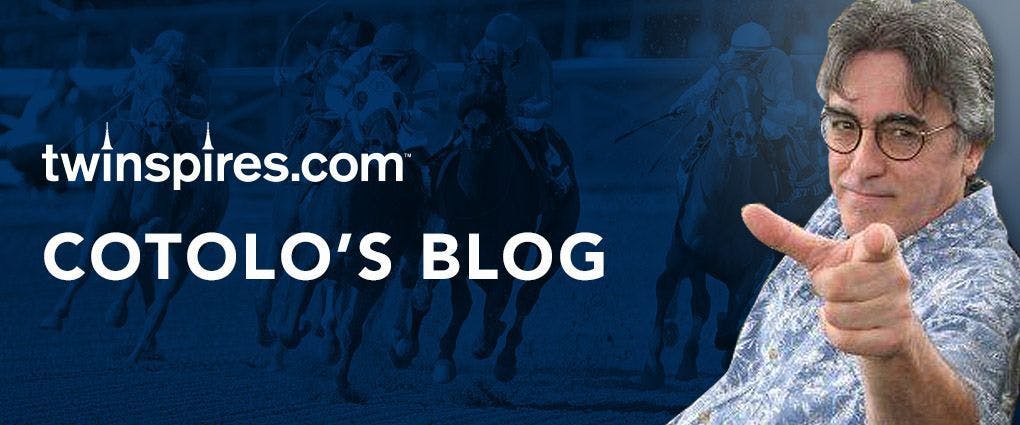What We’re Watching When Racing Returns

How close are we to wagering on harness racing again? Speculation abounds,
though no tracks have committed to opening, as of this posting, on any specific
dates.
You may have read some posts around the Internet during this pandemic where
public harness handicappers talk about supposed problems they suspect the
betting public will face when racing returns. All of their plans, of course,
were as subjective as their handicapping processes themselves.
Certainly, every individual handicapper works within his or her own boundaries
of knowledge, experience and success, but they admit to adding new approaches
to how they’ll handle additional the extra-layoff element.
Our weekly preview blog, however, is not creating any new approach. It will
continue where all the action of all the horses on the list left off, as if
there were no pandemic hiatus.
Here’s our deal.
When we left off with our track preview and update blogs, we offered our
Horses-to-Watch (H2W) list, as it always is presented on our preview blog. Once
track meetings began to suspend their programs, and after the last one,
Cal-Expo, tanked, all the horses listed on our H2Wwere left hanging.
Wisely, though, that H2W list is intact and we can use it to point out horses
that we thought were on the brink of productive performances—because they still
may be just that.
These are not absolute bet-back horses; they are considerations for valuable
contenders in their next race. I do not believe handicappers will be looking
for any horse from a personal H2W list because I do not imagine they keep such
a subjective list.
I do believe that, as usual, public and private handicappers will allow the
hiatus to become a handicapping element. That would be a mistake, because more
than being unable to accurately measure the usual elements of handicapping
(best trainer, driver, track size, speed, post, class, etcetera), no facts
exist to measure the racing hiatus.
Some handicappers will point strongly to using qualifying races as evidence for
measuring horses’ current shape. This is a sketchy element to trust under any
circumstances, no less a huge layoff, since the purpose of the qualifying race
is not to send up flairs to forecast future winners. Their function is to meet a
speed requirement so they are eligible for racing again.
To my knowledge, no one has ever produced an empirical study suggesting
qualifiers produce winners in their next pari-mutuel race. I say “suggest”
because even the use of 10,000 races would still only pin a positive or
negative percentage on the chances. It would cement some kind of probability
but be unreliable by default. That is, because it is not a pari-mutuel race it
does not qualify in a study relating it to pari-mutuel races.
Such a study would be as useless in results as if someone studied if people
crossing a street on the “WALK” sign walked slower than people crossing the
street on a “DON’T WALK” sign.
We are not casting aspersions on the face that handicappers are subjective
animals. They are surely that, which is proven by the miles of opinions making
up how they “pick” horses to win. Longtime readers of our blogs at TwinSpires
are aware we reject most “incomplete” handicapping conclusions about which
elements work the best under certain conditions. The 2020 situation, therefore,
fits perfectly into our approach.
Coupled with the success we have had with the H2W over the years at the
TwinSpires harness blog, we feel we can we take our most recent H2W horses
listed seriously as contenders with no regard for the hiatus.
Watch for the next “watch” list when racing begins. Do your own handicapping,
of course, but respect the members of the H2W and take them into consideration.
Until that happens, look back at your last few weeks of betting and make your
own H2W list and, for the rest of the 2020 season and on, make it a habit.
ADVERTISEMENT


